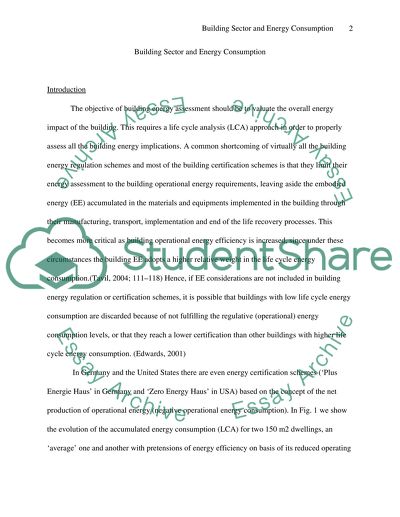Cite this document
(“Building Sector and Energy Consumption Essay Example | Topics and Well Written Essays - 4000 words”, n.d.)
Building Sector and Energy Consumption Essay Example | Topics and Well Written Essays - 4000 words. Retrieved from https://studentshare.org/miscellaneous/1533369-building-sector-and-energy-consumption
Building Sector and Energy Consumption Essay Example | Topics and Well Written Essays - 4000 words. Retrieved from https://studentshare.org/miscellaneous/1533369-building-sector-and-energy-consumption
(Building Sector and Energy Consumption Essay Example | Topics and Well Written Essays - 4000 Words)
Building Sector and Energy Consumption Essay Example | Topics and Well Written Essays - 4000 Words. https://studentshare.org/miscellaneous/1533369-building-sector-and-energy-consumption.
Building Sector and Energy Consumption Essay Example | Topics and Well Written Essays - 4000 Words. https://studentshare.org/miscellaneous/1533369-building-sector-and-energy-consumption.
“Building Sector and Energy Consumption Essay Example | Topics and Well Written Essays - 4000 Words”, n.d. https://studentshare.org/miscellaneous/1533369-building-sector-and-energy-consumption.


